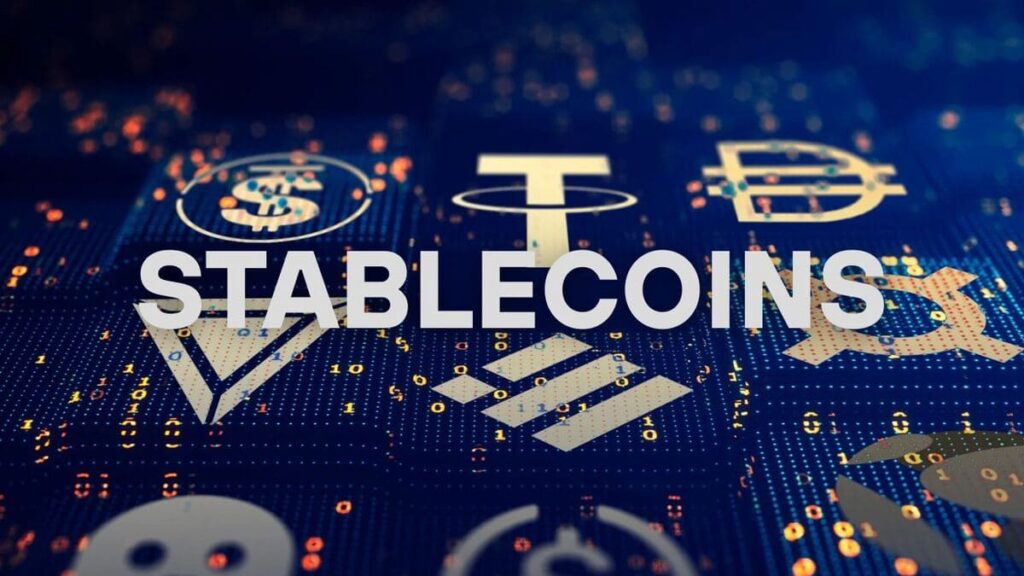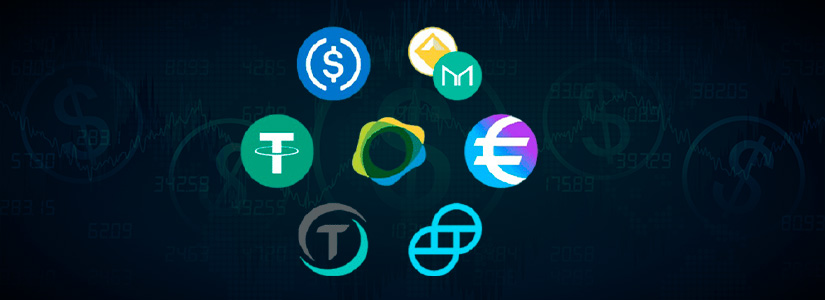TL;DR
- Stablecoins are key to the crypto market, with two models: collateralized and synthetic. Which one is more convenient?
- Collateralized ones maintain value with fiat or crypto reserves, ensuring predictability and lower exposure to failures.
- Synthetic stablecoins regulate price via algorithms and crypto collateral, prioritizing decentralization with higher technical risks.
Stablecoins hold a central position in the crypto industry and market. These cryptocurrencies are designed to maintain parity with a fiat currency, such as the US dollar. They can be divided into two main categories: collateralized and synthetic. While both seek to offer security, their mechanisms, advantages, and risks are very different. Which is more convenient? In this article, we review their differences.
What Are Collateralized Stablecoins?
Collateralized stablecoins are those backed by real or digital assets deposited as collateral. This backing can consist of fiat money, bonds, cryptocurrencies, or even a combination of various financial instruments.
Popular examples of this type of stablecoin include USDT, USDC, and DAI. In these cases, each token in circulation is secured by an equivalent value in a verifiable reserve. Depending on the model, this collateral may be held in traditional financial institutions or in smart contracts on the blockchain.
The main appeal of this model lies in its predictability. Users can redeem their tokens for the underlying value, which builds trust in its stability. However, its biggest challenge is the need to hold large volumes of available capital to maintain parity, especially in highly volatile environments.
Synthetic Stablecoins: Exposure Without Direct Ownership
Unlike collateralized ones, synthetic stablecoins do not maintain physical or digital reserves equivalent to their total circulation. Instead, they use algorithmic mechanisms, smart contracts, and overcollateralization models with crypto assets to sustain parity with a reference currency or asset. One of the best-known is sUSD from Synthetix.
These systems combine price oracle data, economic incentives, automatic supply adjustments, and programmed liquidations to maintain the target value. When the price deviates from the target, the protocol executes mint or burn orders or modifies incentives to balance supply and demand.
This model aims to achieve independence from traditional assets and greater operational flexibility, though at the cost of greater technical complexity and specific risks such as oracle failures or vulnerabilities in smart contracts.
Strengths and Weaknesses of Each Approach
Collateralized stablecoins offer a higher perception of security because a tangible or digital asset backs their value. This facilitates mass adoption and use in institutional environments. However, their main disadvantage is the need to maintain substantial reserves that often remain immobilized, reducing capital efficiency. Additionally, reserves may be subject to external regulations and controls, which limits their decentralization.
On the other hand, synthetic stablecoins bet on a more autonomous and decentralized crypto ecosystem. By not relying on external reserves, they can operate more swiftly and scale without the same liquidity restrictions. However, they are more vulnerable to internal crypto market phenomena such as mass liquidations, oracle attacks, or instability of digital collaterals.
Regulatory Implications and Systemic Risks
Both models must deal with regulations that are often ineffective or insufficient. Collateralized stablecoins usually face greater scrutiny due to the need to validate and audit reserves, as well as the very fact of handling fiat money or traditional instruments. Meanwhile, synthetic ones raise concerns about their potential systemic impact in the event of chain liquidations or malfunctions in the algorithms managing their stability.
This is compounded by risks shared by both models, such as oracle manipulation, smart contract failures, and liquidity issues during market stress.
Which One Is Better?
There’s no clear answer. It all depends on the usage context and the risk profile each user or institution is willing to accept. Collateralized stablecoins offer greater transparency and short-term stability, making them ideal for those prioritizing security over efficiency.
Synthetic ones, meanwhile, appeal to those who value autonomy, decentralization, and financial innovation, though accepting the need to deal with higher operational and market risks.
Both play complementary roles in the DeFi ecosystem, and their coexistence will continue driving experimentation around new forms of digital money.
Conclusion
Collateralized and synthetic stablecoins are two different paths toward stability in the crypto market. Each with its own advantages, limitations, and risks, they meet distinct demands within a complex financial system. Understanding their fundamentals is key to evaluating their convenience and their role in the future of decentralized finance.














